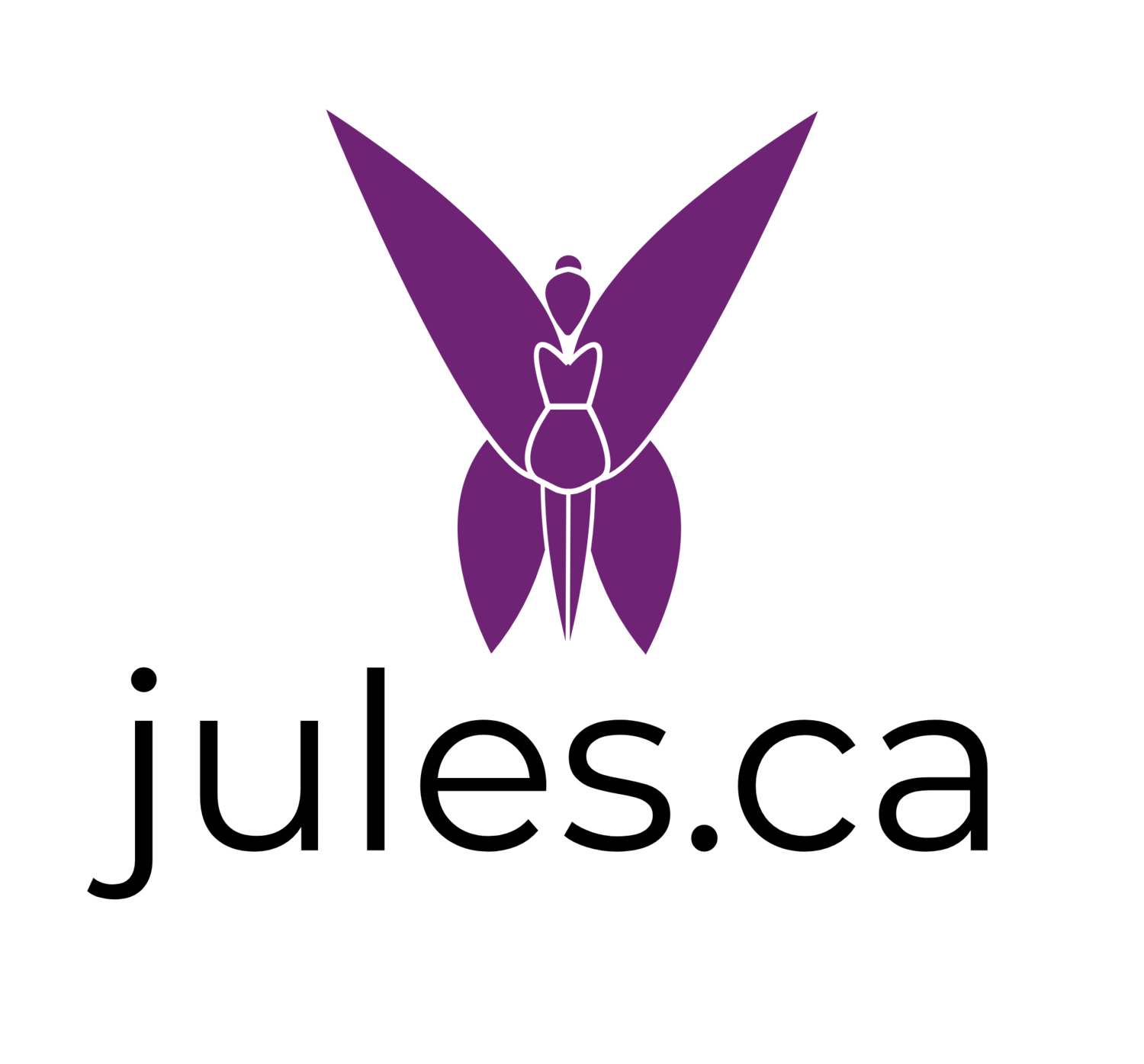My Day Explained as If I was a Dog House Designer
This week has been consumed by a chicken and an egg theory.
Imagine I’m a dog house designer, and a customer comes and asks me to research how to build a new doghouse for him.
I ask “what kind of a dog house”?
He gets his assistant to reply, “here’s a photo of the dog, what else do you need”?
I respond: “It’s a pretty blurry picture… how big is this dog”?
The assistant replies, “Oh, just estimate for now. I just need an idea of what it would cost for a new doghouse.”
I take the blurry picture back to my very smart team of dog house engineers.
We scratch our head about this challenge.
- How big do we think the dog could be?
- What kind of a dog is it?
- Does it even use its current dog house?
- How small?
- Is it going to grow more?
- Is it old?
- Does the dog house need to be close to the owner’s house?
- Does the dog eat outside or inside?
- Do we need to think about food and water delivery?
- Does the dog have a full yard?
- Is it on a chain?
- Is it cold where the dog lives?
- Do we need to consider heating and cooling?
- Does it need a bed?
We make some assumptions, think about the construction of the house and the management of the dog, and even how to get rid of the old dog house.
We come up with an estimate, and it’s pretty high, considering we know nothing about the dog, let alone what kind of house he should have. We take into account what a Home Depot pre-fab dog house costs, and we think that the dog owner might be willing to spend about $x.xx plus or minus a percentage, to take into account all the things we don’t know yet. In a perfect world, we would require a due diligence agreement to come up with a real price, and a real design.
I go and talk to the money smartie, and take all my numbers (which are a little higher than what we think the actual cost is, but because we’ve thought too much about this by now, we have added to the estimates to be on the safe side.
The money smartie says: “Make your estimates match what you think the costs are, and compare with what the customer is actually willing to pay; then narrow the scope, document all your assumptions and exclusions, and maybe this will work. But there’s no way we are going to do anything about this when there are differences between the finances…”
I go back to the dog house engineers. We think about this some more.
We don’t know enough about what the dog house should end up being like, but the customer wants a price. Our estimates are high, and we can’t shrink them with any confidence until we do the due diligence. The customer won’t agree to the due diligence until they have an idea of what the price is.
Chaos.
Voila.
God help me if the customer ever moves and they want us to move the dog house for him.
P.S. I’m still waiting for an estimate for a new chain link fence for the back yard. Just in case that comes into scope.
Technorati Tags: work nuttiness, Dog House Designer
